Indigenous Governance Database
IGD Database Search
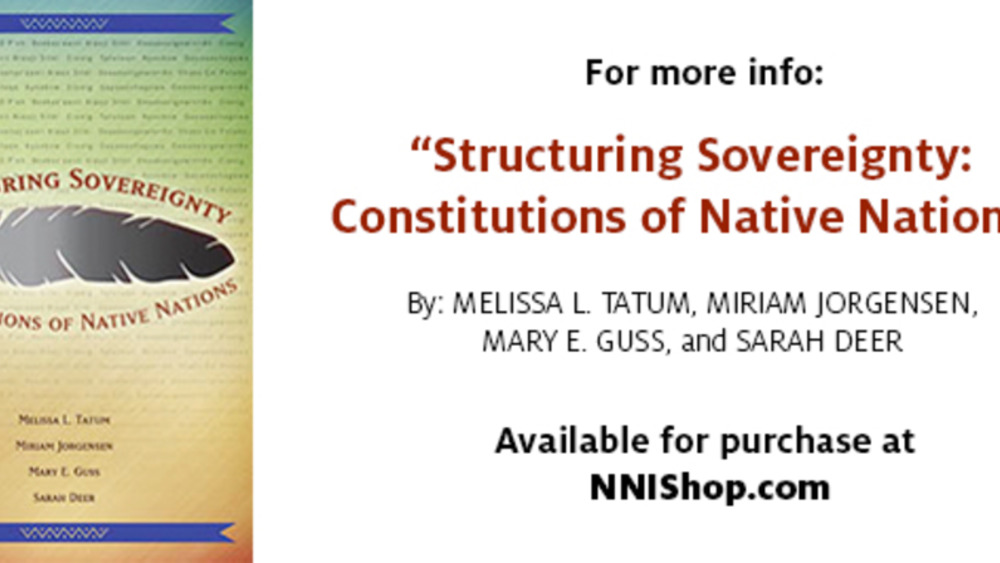
Nottawaseppi Huron Band of Potawatomi Indians Constitution
Location: MichiganPopulation: 800Date of Constitution: 2012
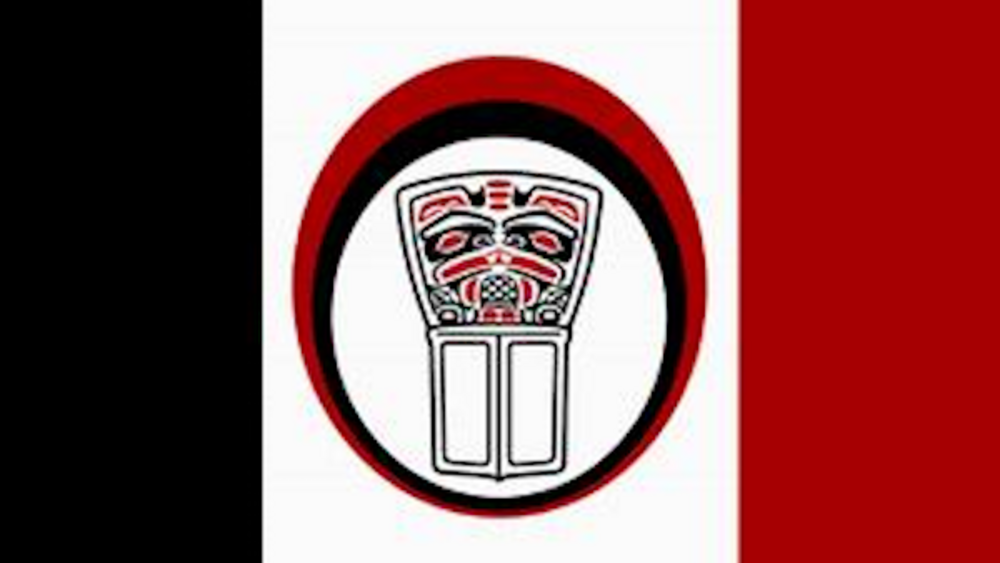
Nisga’a Nation Constitution
Location: Gitlaxt'aamiks, British Columbia Population: 6,066 Date of Constitution: 2000
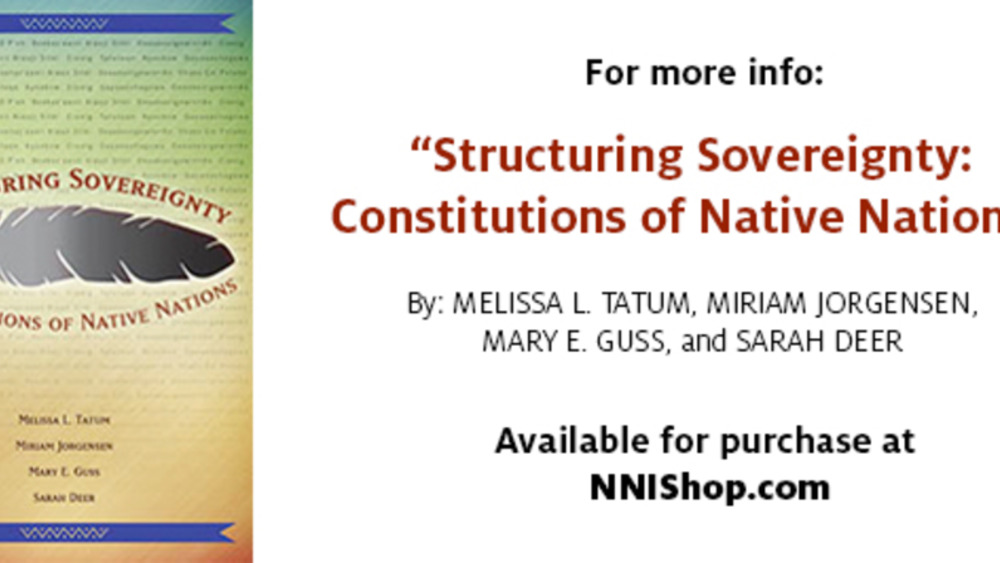
Mohegan Tribe of Indians of Connecticut Constitution
Location: Uncasville, CT Population: 1,700 Date of Constitution: Adopted 2007, amended 2016
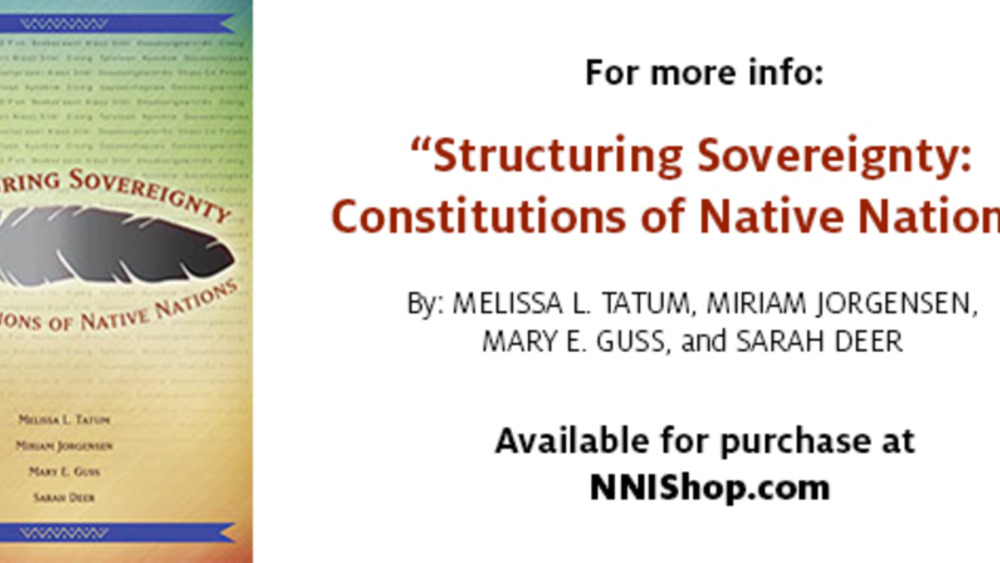
Minnesota Chippewa Tribe Constitution
Population: 41,000 Date of Constitution: 2006 (last amended)
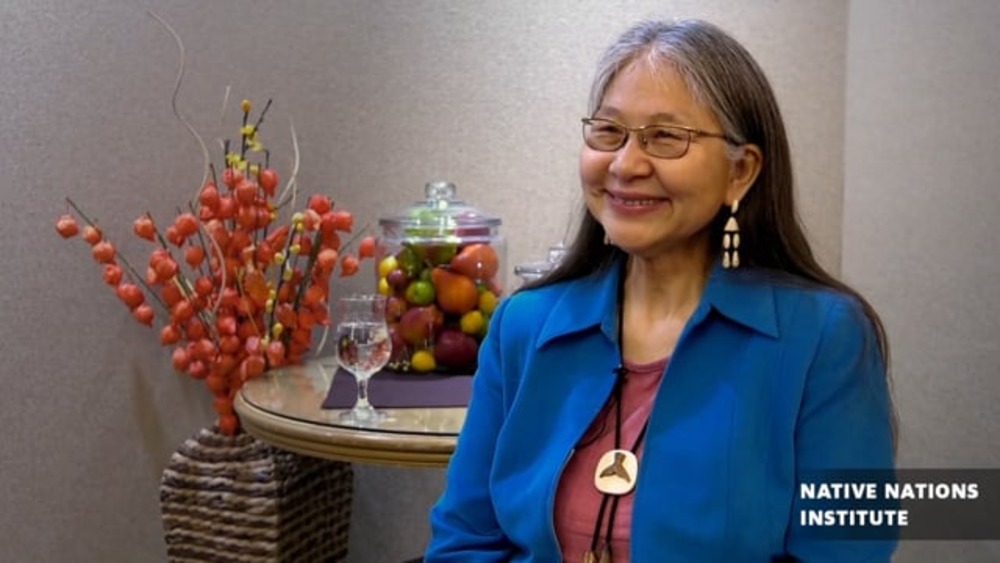
Theresa Arevgaq John: Alaska indigenous governance through traditions and cultural values
Theresa Arevgaq John is a well known Y’upik cultural advocate and Associate Professor in Indigenous Studies and the Department of Cross-Cultural Studies at the University of Alaska Fairbanks and has intimate knowledge about cultural practices within Indigenous governance. She advocates…
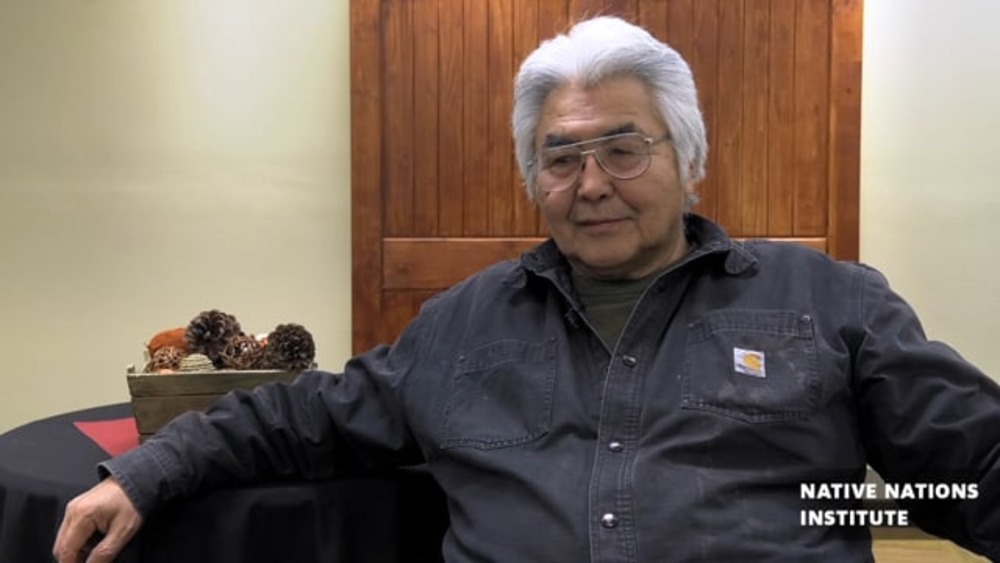
Wilson Justin: Leadership with Cultural Knowledge and Perseverance
Wilson Justin is a cultural ambassador for Cheesh’na Tribal council and serves as a Vice Chair Board of Directors for Mt. Sanford Tribal Consortium. He relays his expertise and perspective on the intricacies of Indigenous governance in Alaska through adapting cultural traditions, creating a…
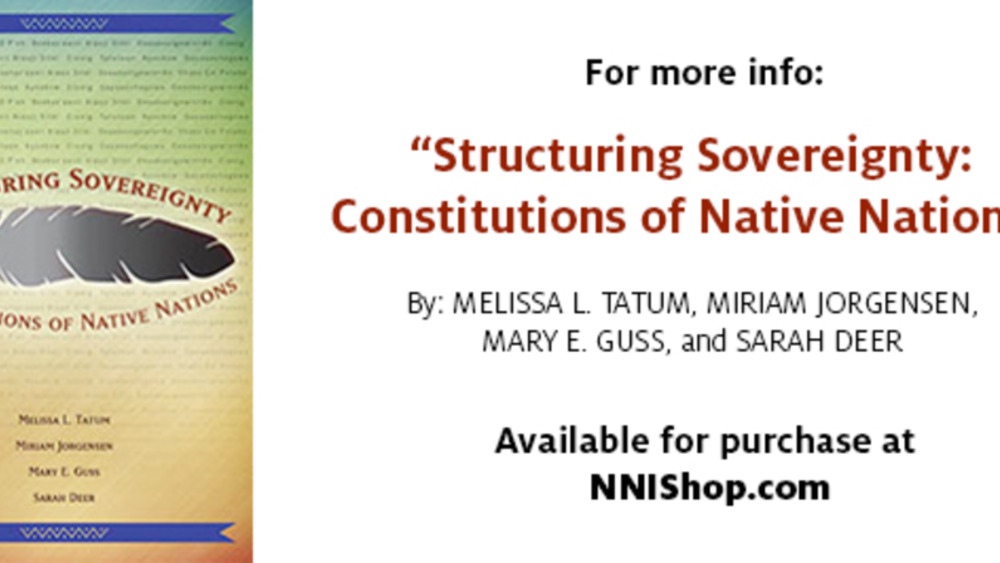
Lummi Tribe Constitution
Location: 20 miles south of the Canadian border on the Washington coast Population: 6590 Date of Constitution: 1970, amended 1996 Key Facts: Tribe manages nearly 13,000 acres of tidelands
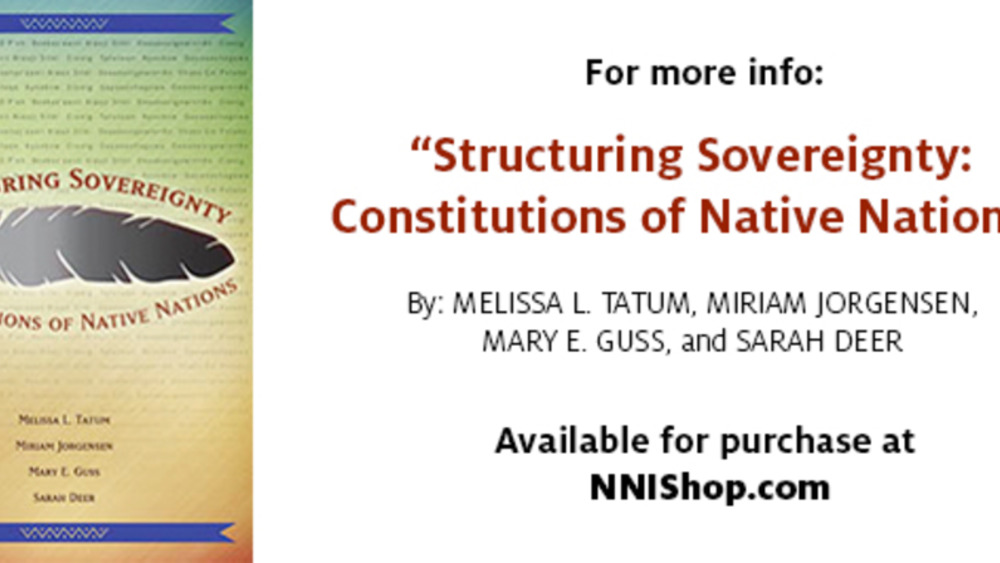
Lumbee Tribe of North Carolina Constitution
Location: North Carolina Population: 60,000 Date of Constitution: 2001, as amended 2003 Key Facts: Recognized by the State of North Carolina, but not by the U.S. Government
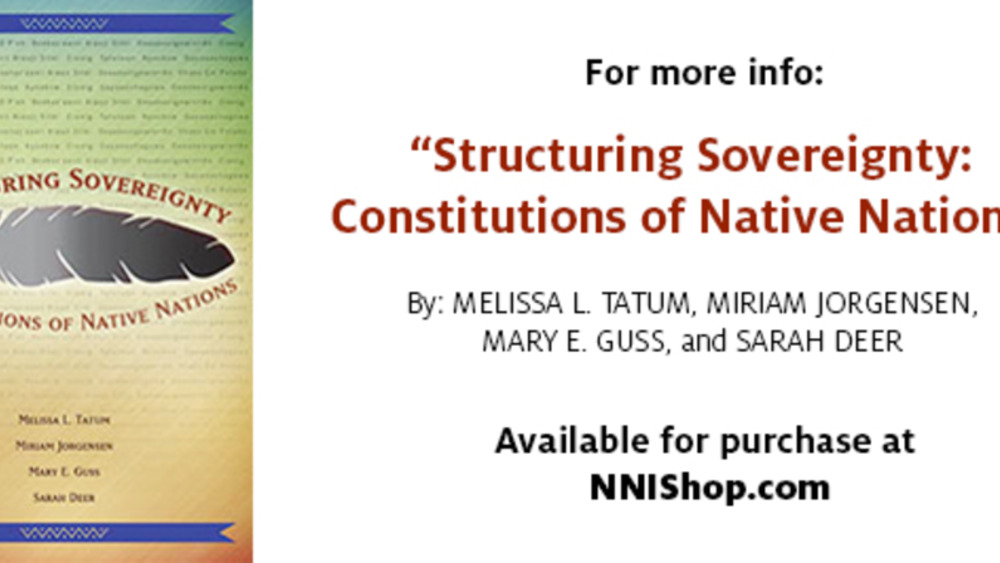
Little Traverse Bay Band of Odawa Constitution
Location: Michigan Population: 4000 Date of Constitution: 2005
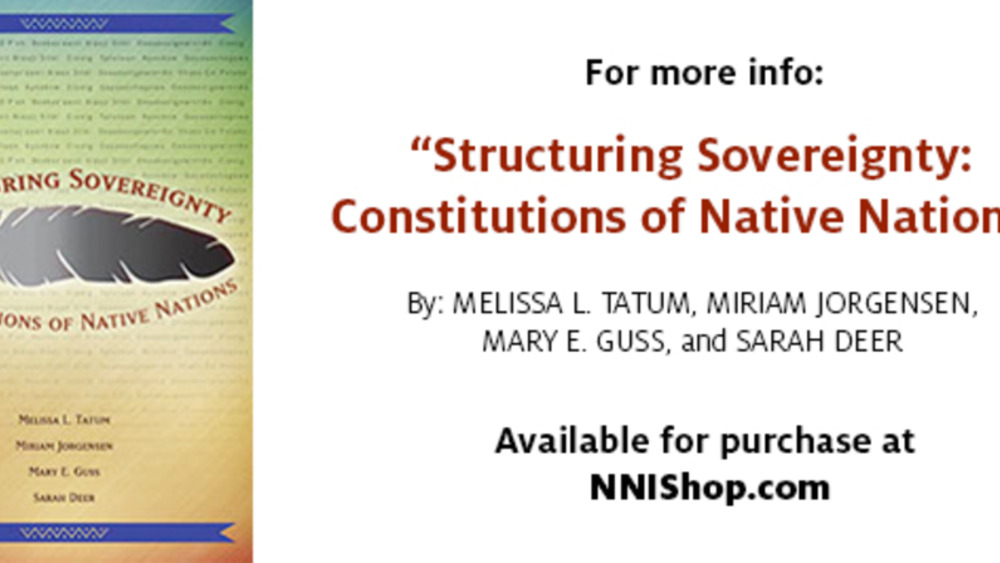
Little River Band of Ottawa Indians Constitution
Location: Michigan Population: 12000 Date of Constitution: 1998
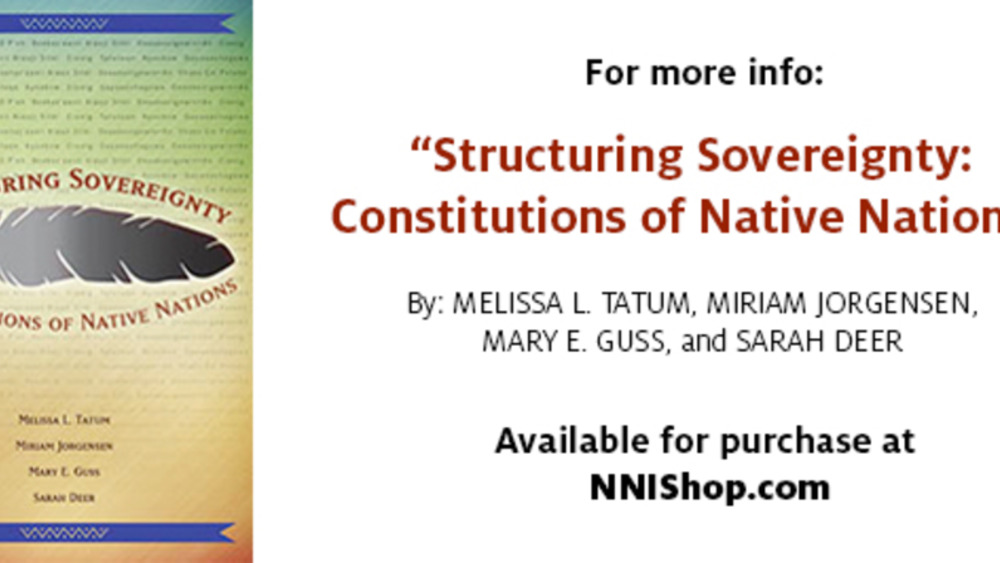
Klamath Tribes Constitution
Location: Oregon Population: 3500 Date of Constitution: 1950, as amended 1996, 1998, 2000 & 2011
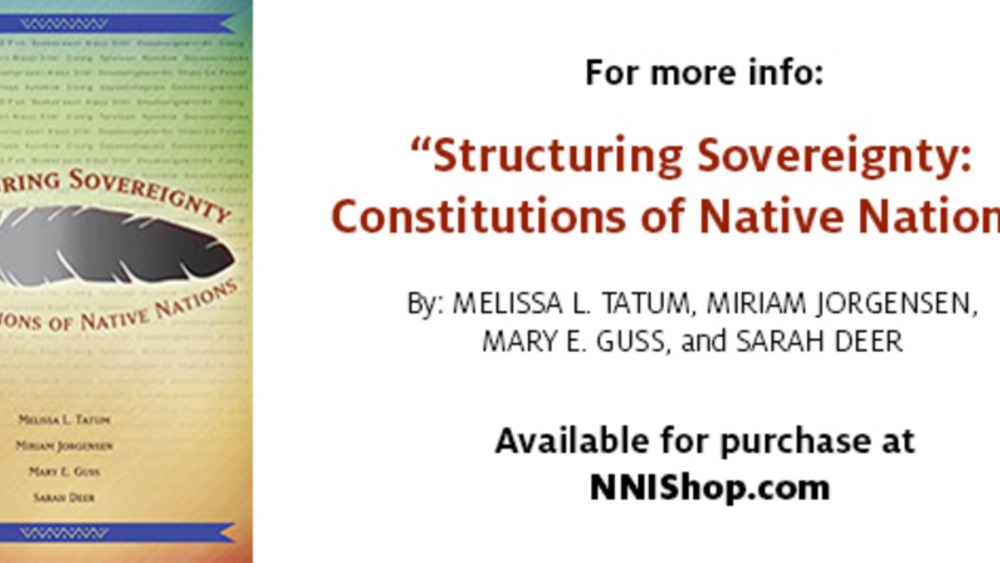
Kickapoo Traditional Tribe of Texas Constitution
Location: Texas Population: 700 Date of Constitution: 1989
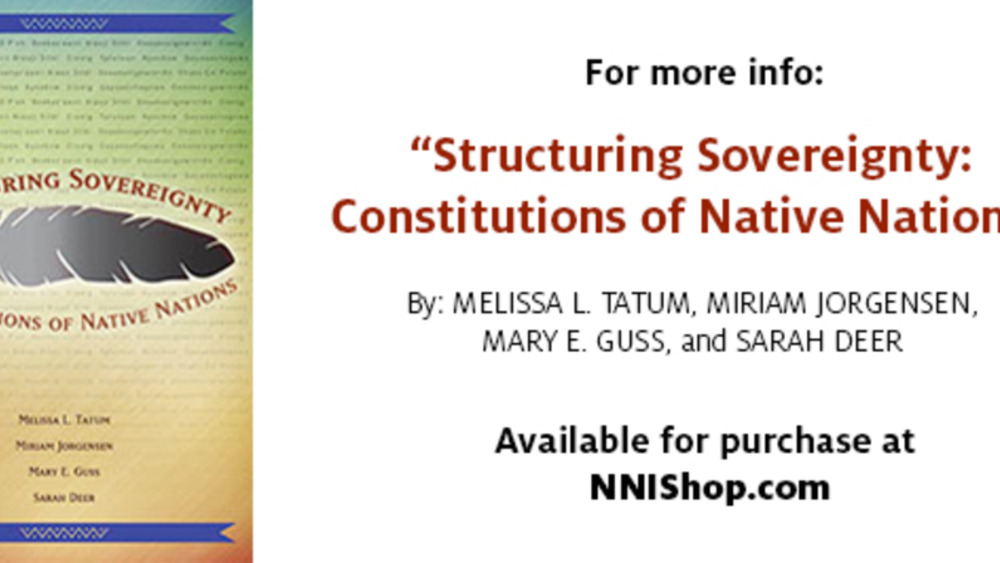
Jamestown S’Klallam Tribe Constitution
Location: Olympic Peninsula of Washington State Population: 600 Date of Constitution: 1980, as amended 1983, 1997, 2000, 2002, 2011, and 2012
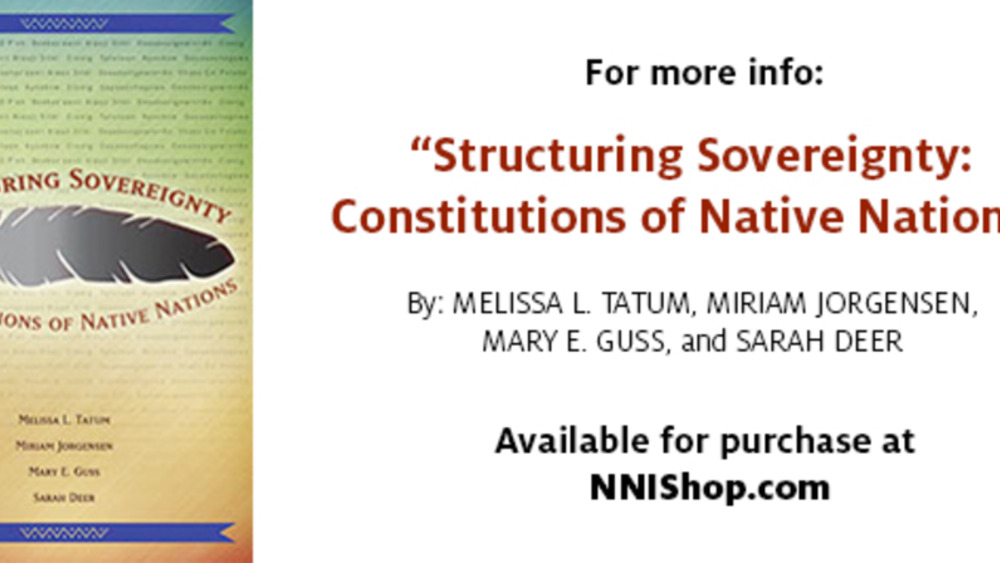
Ione Band of Miwok Indians of California Constitution
Location: California Population: 750 Date of Constitution: 1996
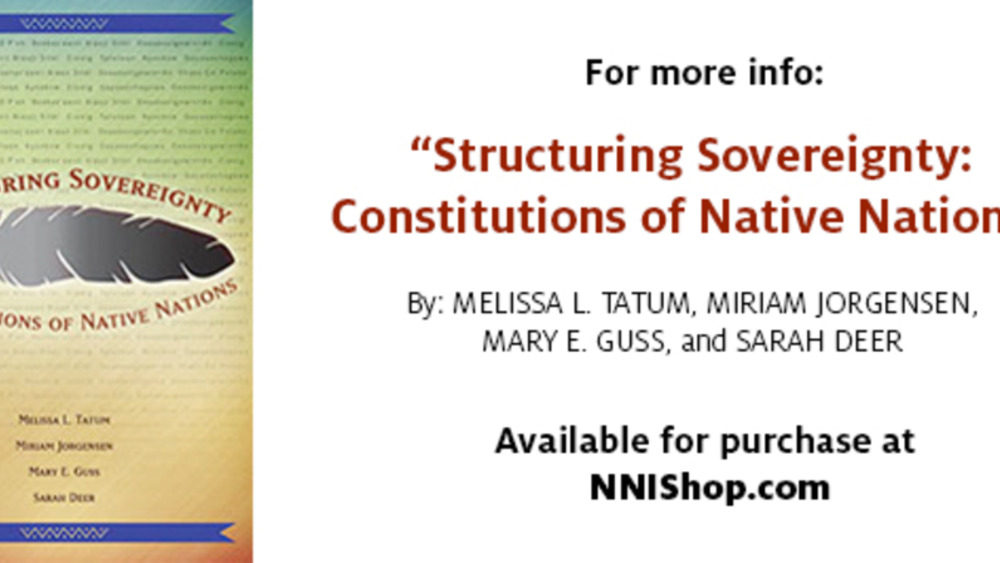
Hopi Tribe Constitution
Location: Arizona Population: 19,000 Date of Constitution: 1936
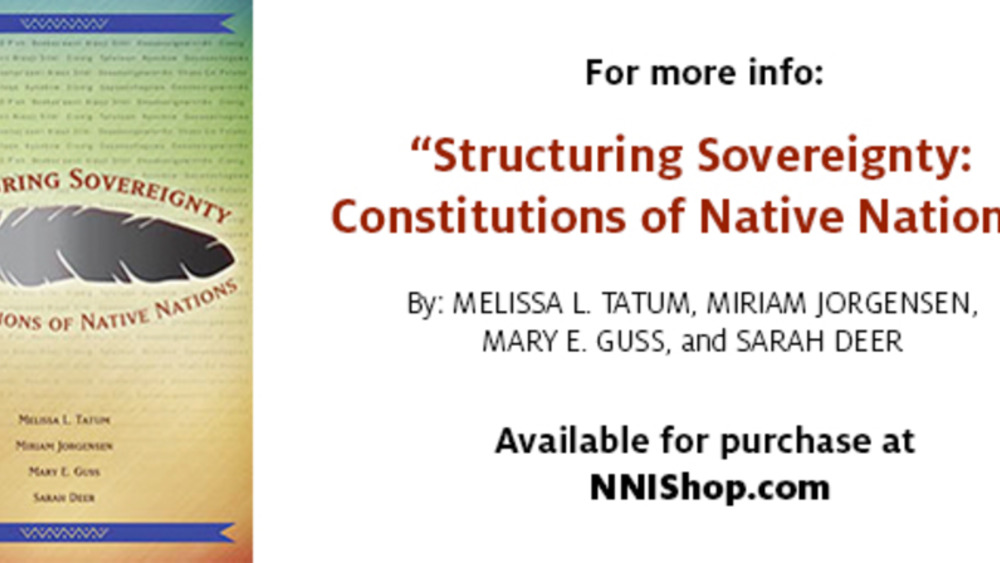
Ho-Chunk Nation Constitution
Location: Wisconsin Population: 6563 Date of Constitution: 1994, as amended 2000 and 2009
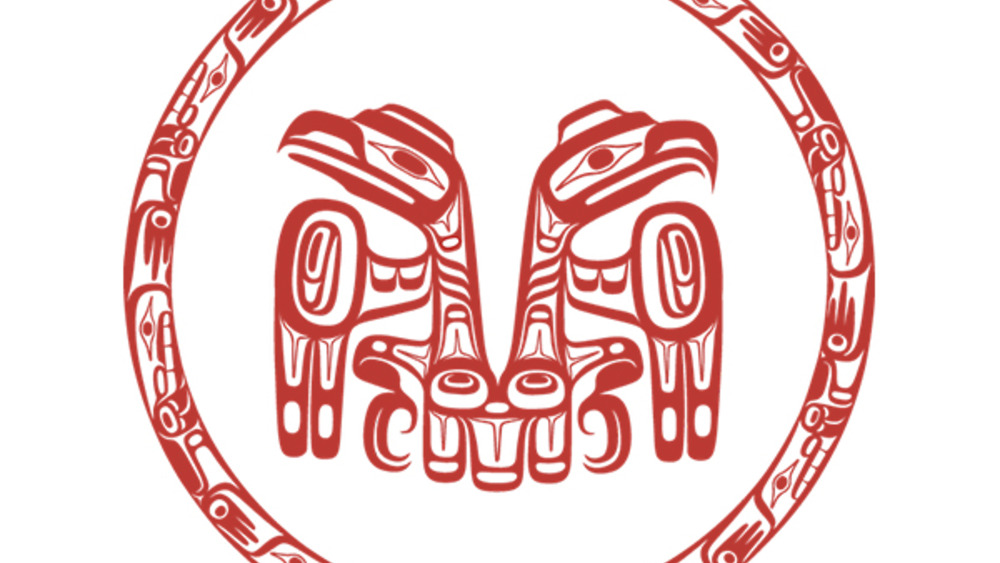
Haida Nation Constitution
Location: Haida Gwaii Population: 4,000 Date of Constitution: 2010

Grand Ronde Community of Oregon Constitution
Location: In Yamhill and Polk Counties, Oregon Population: 5200 Date of Constitution: 2002 Key Facts: Terminated in 1956; restored in 1983

Grand Traverse Band of Ottawa and Chippewa Indians Constitution
Location: On the upper portion of the lower peninsula of Michigan Population: 4102 Date of Constitution: 1988 Key Facts: One of the first casino tribes

Gila River Indian Community Constitution
Location: approximately 34 miles south of the Sky Harbor Airport in Phoenix, Arizona. Population: 11,257 Date of Constitution: 1960
Pagination
- First page
- …
- 16
- 17
- 18
- …
- Last page
